

Opened: 2009
Capacity: 32 249
Club establishment: 1953
Yellow and black are the colors of Dresden, the second largest city of Saxony. It may come as a surprise that in this historical and peaceful city you would find one of the loudest fan bases in Germany. Their home ground with – obviously – yellow and black seats was opened in 2009 on the site of its predecessor. The original athletic stadium had been so dilapidated that the construction of a new one had been inevitable.
The 2006 World Cup in Germany affected the building and reconstruction of many stadiums in the country and it also sparked a real debate about a completely new stadium in Dresden. The works began in June 2007 and ended 17 months later. Dynamo played their home matches at the stadium even during the construction. The individual stands of the originally oval stadium with an athletic track were demolished one by one and gradually replaced by brand new stands fulfilling the latest standards.
Opened in September 2009, the stadium has a capacity of 32,000 with a standing accommodation for 9,000 people in the home fans sector behind the north goal and for over 2,000 away fans in the opposite corner. Interestingly enough, the Rudolf-Harbig-Stadion is the largest one-tier stadium in Germany, along with the Tivoli Stadium in Aachen, which is only a couple of hundred seats larger. In the Czech Republic, a comparable one-tier stadium could be found at Slavia Prague. Most stadiums in Germany have two- or three-tier stands.
Name of the stadium
The original athletic stadium in Dresden, opened in 1951, was named after local world-class runner Rudolf Harbig, who in his best times in the 1930s broke world records in middle-distance running. The modern stadium is also named after the athlete.
However, the new stadium has been renamed several times in its short history. Between 2010 and 2014, it was named Glücksgas-Stadion after a sponsoring energy company. Then its name was Stadion Dresden for two years and subsequently DDV-Stadion until 2018 when it acquired its original historical name Rudolf-Harbig-Stadion.
Former Dresden landmark
From 1969, the former athletic stadium in Dresden could be easily identified thanks to its landmark, four more than 60 meters high floodlights, whose bases and 20-degree incline over the pitch made them look like giraffes with very long necks.
It was planned that the four giraffes would be preserved and would remain a Dresden landmark. As it was necessary to move the pitch, however, the floodlights were eventually dismantled as well. Dynamo and the whole city of Dresden thus lost their panorama symbol, with which it had been associated.